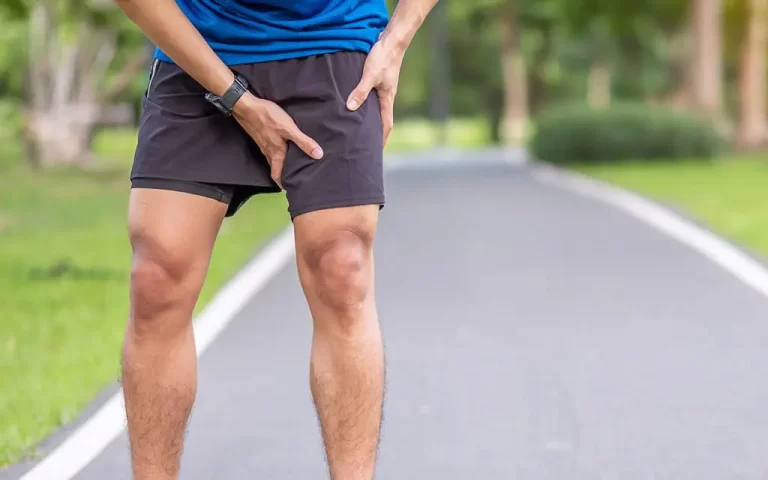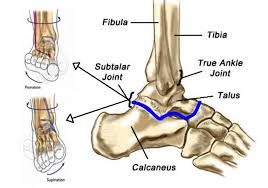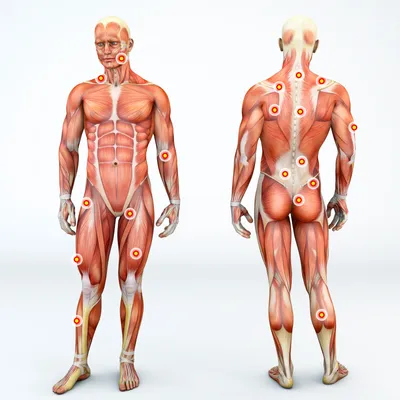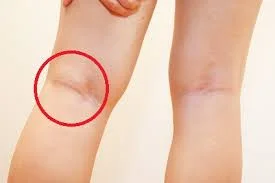Shoulder Subluxation
Shoulder Subluxation, your shoulder joints are one of the most easily dislocated joints, and shoulder pain in general can have a significant negative impact on your life.
While there are multiple forms of shoulder dislocation, shoulder subluxation is one of the more common. Partial dislocation of the shoulder joint, subluxation, occurs when the head of the humerus (arm bone) is partially pulled out of the glenoid (socket).
When you dislocate your shoulder completely, the head of the humerus or humerus moves completely out of the socket, but in subluxation of the shoulder, the head of the arm comes out of the socket only partially.
Your humerus or humerus can move forward, backward, or downward during shoulder subluxation; you may also experience tearing of the muscles, ligaments, or tendons around the shoulder joint.
You should know that your shoulder is one of the easiest joints to dislocate or damage because of its mobility—the same mobility that allows you to swing your arms, throw a basketball or baseball pitch, lift weights, and generally use your shoulders as I would expect. especially if you are an athlete.
When you swing your arms too hard or too quickly (like throwing a ball under or overhand), it can cause your shoulder joint to subluxate; shoulder subluxation can also occur after a long period of similar movements (eg a baseball, AFL or rugby player).
Symptoms of Shoulder Subluxation
A subluxation might be more difficult to identify while comparing to complete dislocation. However, in some cases, a partially dislocated humerus is visible under the skin.
One can feel the ball of the humerus moving in and out of the shoulder socket, which is usually uncomfortable and can be painful.
Symptoms of shoulder subluxation may include:
- visibly deformed or misplaced arm
- pain
- edema
- Tingling and numbness, also known as paresthesia, along the arm
- difficulty moving the joint
A person may also notice a clicking or catching sensation in the shoulder when performing daily activities, especially those that involve reaching overhead.
Causes of Shoulder Subluxation
Because the arm moves in several directions, it can dislocate forward, backward, or downward. This also applies to subluxations.
When the dislocation is partial, the shoulder capsule may be stretched or torn, complicating the dislocation.
Usually only a hard blow or fall can cause the humerus to pop out of place. Extreme rotation can also pull the shoulder out of its socket.
Once the shoulder is dislocated, the joint can become unstable and prone to future dislocations or subluxations.
Shoulder subluxation is often caused by:
- Trauma – Subluxation may result from injuries or accidents that damage the shoulder joint or other structures that provide stability. The most common examples include motor vehicle accidents and also falls.
- Sports injuries – Contact sports, including hockey and football, often cause shoulder subluxations, as do sports that involve falls, such as skiing and gymnastics.
- Stroke – Strokes often cause muscle weakness, which can lead to destabilization of the shoulder joint and subsequently to subluxation. One review found that 80 percent of participants who experienced a stroke also had shoulder subluxation.
Younger men and other highly physically active groups are at greatest risk of subluxation.
Treatment of Shoulder Subluxation
The key is to get the shoulder back in place. Although this can be done right on the field or wherever the injury occurred, it is safer to have the technique performed by a doctor in a doctor’s office or emergency room.
Closed reduction
Doctors move the shoulder back into place using a procedure called a closed reduction. Because this process can be painful, you may be given pain medication beforehand. Or you may sleep without pain under general anesthesia.
Your doctor will gently move and rotate your arm until the bone slips back into its socket. The pain must ease once the ball is back in place. Your doctor may then take x-rays to make sure your shoulder is in the right position and that there are no other injuries around the shoulder joint.
Immobilization
After a closed reduction, you will wear a sling for several weeks to keep the shoulder joint still. Immobilizing the joint will prevent the bone from slipping out again. Keep the shoulder in a sling and avoid excessive stretching or movement while the injury heals.
Medicines
The pain from the subluxation should subside once the doctor performs a closed reduction. If you are still in pain, your doctor may prescribe a pain reliever such as hydrocodone and acetaminophen (Norco).
However, you should not take prescription pain relievers for more than a few days. They are known to become addictive.
If you are in need of longer pain relief, try an NSAID such as naproxen (Naprosyn) or ibuprofen (Motrin). These medications can reduce pain and swelling in the shoulder. Follow the instructions on the package and do not take more medicine than recommended.
If your pain persists after several weeks, ask your doctor about other pain relief options.
Surgery
You may need surgery if you have repeated episodes of subluxation. Your surgeon can fix any problems that are causing an unstable shoulder joint.
It includes:
- torn ligaments
- socket tears
- fractures of the socket or head of the humerus
- rotator cuff tears
Through very small incisions shoulder surgery will take place. This is arthroscopy. Sometimes this will require an open procedure/reconstruction called an arthrotomy. After surgery, you will need rehabilitation to regain movement in your shoulder.
Rehabilitation
Rehabilitation can help you regain strength and movement in your shoulder after surgery or after the sling is removed. Your physical therapist will be teaching you gentle exercises to strengthen the muscles that stabilize your shoulder joint.
Your physical therapist may use some of these techniques:
- therapeutic massage
- mobilizing the joint or moving the joint through a range of positions to improve flexibility
- strength training
- stability exercises
- ultrasound therapy
- ice pack
You will also get a program of exercises that you can do at home. Must do these exercises as often as your physical therapist recommends. While you are recovering, avoid sports or other activities that could re-injure your shoulder.
Self Care Tips
How to take care of your shoulder at home and avoid re-injury:
Apply ice – Hold a cold pack or ice pack on your shoulder for 15 to 20 minutes, several times a day. Ice will relieve pain and reduce swelling right after your injury. After a few days you can switch to heat.
Rest – Once you dislocate your shoulder the first time, it is more likely to happen again. Avoid any activities that could pull the ball of your humerus out of its socket, such as throwing or lifting heavy objects. Return to sports and other activities slowly, using only the shoulder as you feel ready.
Work on flexibility – Must do the exercises recommended by your physical therapist every day. Regular gentle movements will prevent stiffening of the shoulder joint.







